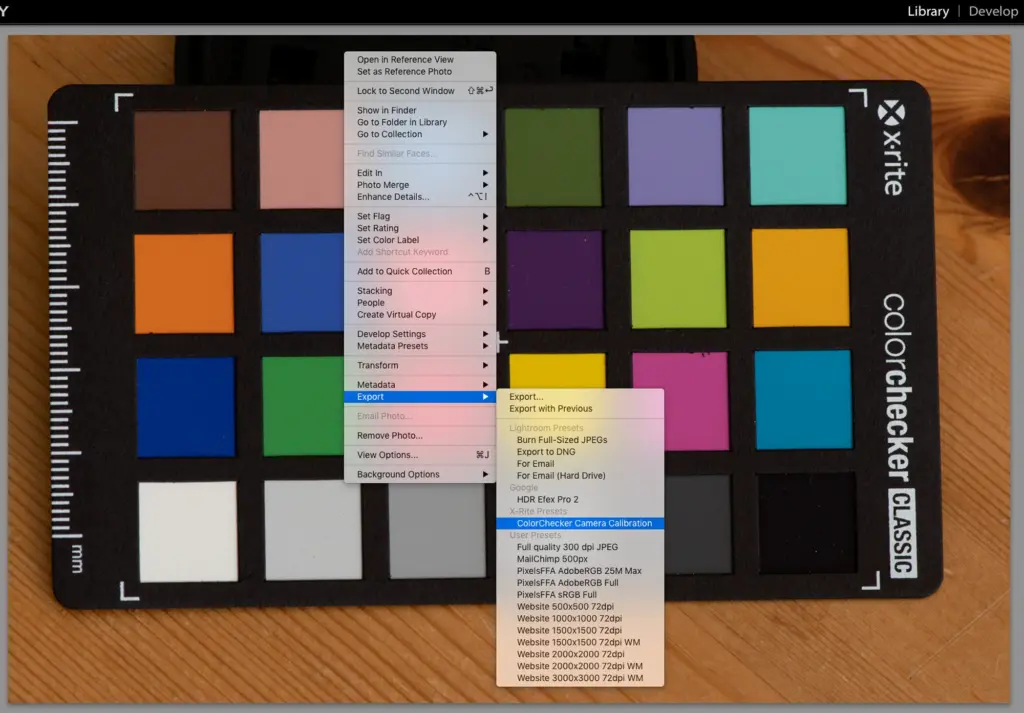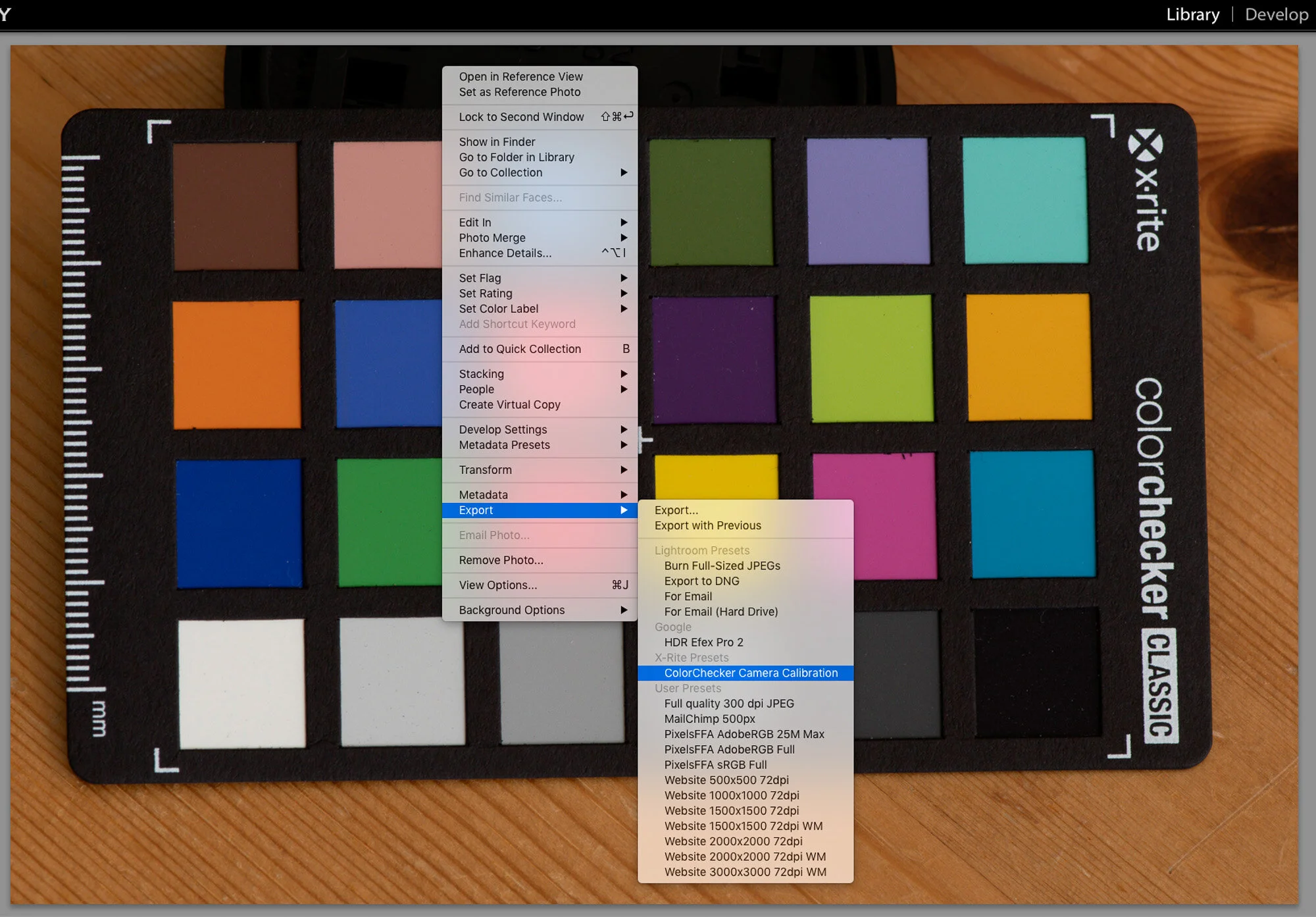
Mastering Color Accuracy in Photography: A Deep Dive into ColorChecker Photography
In the realm of photography, achieving accurate and consistent colors is paramount. Whether you’re a seasoned professional or an enthusiastic amateur, the ability to reproduce colors faithfully is crucial for creating impactful and realistic images. This is where colorchecker photography comes into play. The ColorChecker, a seemingly simple tool, is a powerful asset that helps photographers and videographers ensure their colors are true to life, from capture to final output. This article will delve into the intricacies of colorchecker photography, exploring its benefits, usage, and its significance in various photographic workflows.
What is a ColorChecker?
A ColorChecker, often referred to as a color chart or color target, is a flat, matte-surfaced card containing a grid of precisely defined color patches. These patches represent a wide range of colors, including primary hues, skin tones, grayscale values, and other essential shades. The most well-known ColorChecker is the X-Rite ColorChecker Classic, which consists of 24 carefully selected color squares. These colors are chosen to represent natural objects, like human skin, foliage, and blue sky, and are manufactured to strict tolerances to ensure consistency.
Why Use a ColorChecker in Photography?
The primary purpose of a ColorChecker is to provide a reliable reference point for color calibration and correction. Here’s why it’s an indispensable tool for photographers:
- Color Consistency: Ensures consistent color reproduction across different cameras, lenses, and lighting conditions.
- Accurate Color Rendition: Helps to achieve accurate color rendition by providing a known standard against which to compare captured colors.
- Color Correction: Simplifies the color correction process in post-processing, allowing for quick and precise adjustments.
- Profile Creation: Enables the creation of custom camera profiles, optimizing color accuracy for specific shooting scenarios.
- Workflow Efficiency: Streamlines the workflow by reducing the time spent on color adjustments and ensuring consistent results.
How to Use a ColorChecker for Photography
Using a ColorChecker effectively involves a few key steps:
- Capture an Image: Place the ColorChecker in the scene you’re photographing, ensuring it’s well-lit and visible in the frame. It’s important to position the ColorChecker so that it receives the same lighting as your subject.
- Shoot in RAW: Always shoot in RAW format, as it retains the maximum amount of color information and provides greater flexibility for post-processing.
- Import and Analyze: Import the image into your preferred photo editing software (e.g., Adobe Photoshop, Lightroom, Capture One). Many of these programs have dedicated tools or plugins for analyzing ColorChecker images.
- Create a Profile or Apply Corrections: Use the software to analyze the ColorChecker image and create a custom camera profile. Alternatively, you can apply pre-defined corrections based on the ColorChecker reference values.
- Apply to Other Images: Apply the created profile or corrections to other images shot under the same lighting conditions to achieve consistent color accuracy.
ColorChecker and White Balance
While primarily used for color calibration, a ColorChecker can also aid in setting accurate white balance. By selecting the neutral gray patches on the ColorChecker, you can quickly establish a neutral white balance point, ensuring that your images are free from unwanted color casts. This is particularly useful in situations with mixed or challenging lighting conditions.
Different Types of ColorCheckers
While the X-Rite ColorChecker Classic is the most recognizable, various other ColorCheckers are available, each tailored to specific needs:
- ColorChecker Passport Photo 2: A compact and portable version designed for on-location shooting. It includes additional targets for white balance and skin tone adjustments.
- ColorChecker Video: Optimized for video production, with targets designed for evaluating skin tones, shadow details, and highlight handling.
- ColorChecker SG: An advanced version with a wider range of colors, providing even greater accuracy and precision.
Software for ColorChecker Photography
Several software solutions are available to facilitate colorchecker photography workflows:
- X-Rite ColorChecker Camera Calibration Software: A dedicated software for creating custom camera profiles based on ColorChecker images.
- Adobe Photoshop and Lightroom: Both programs offer built-in tools and plugins for analyzing ColorChecker images and applying color corrections. [See also: Adobe Photoshop Tutorials]
- Capture One: A professional-grade photo editing software with robust color management capabilities and ColorChecker support.
Benefits of Consistent Color in Photography
Maintaining consistent color across your photographic work offers numerous benefits:
- Professionalism: Consistent colors enhance the overall professionalism of your work, making it more appealing to clients and viewers.
- Brand Identity: Ensures that your brand colors are accurately represented in your images, reinforcing your brand identity.
- Print Accuracy: Guarantees that your printed images match the colors you see on your screen, minimizing discrepancies and ensuring client satisfaction.
- Time Savings: Reduces the time spent on color adjustments in post-processing, allowing you to focus on other aspects of your work.
- Creative Control: Provides greater creative control over your images, allowing you to achieve the desired look and feel with precision.
Troubleshooting Common ColorChecker Issues
While ColorCheckers are relatively straightforward to use, some common issues can arise:
- Incorrect Lighting: Ensure that the ColorChecker is evenly lit and free from shadows or reflections.
- Dirty ColorChecker: Keep the ColorChecker clean and free from dust or fingerprints, as these can affect its color accuracy.
- Software Compatibility: Ensure that your software is compatible with the ColorChecker and that you’re using the correct settings.
- Improper Exposure: Ensure that the ColorChecker is properly exposed in your images. Overexposure or underexposure can affect color accuracy.
The Future of Color Management in Photography
As technology advances, color management in photography is becoming increasingly sophisticated. New tools and techniques are emerging to further enhance color accuracy and consistency. AI-powered color correction tools are also gaining traction, offering automated solutions for achieving accurate colors. The importance of tools like the ColorChecker will remain crucial for ensuring a standard, reliable point of reference for these advancements. Investing in colorchecker photography tools and techniques ensures your work stays at the forefront of color-accurate imaging. [See also: AI in Photography]
ColorChecker Photography in Different Genres
The use of a ColorChecker is beneficial across various photography genres:
- Portrait Photography: Ensures accurate skin tones, which are crucial for flattering portraits.
- Landscape Photography: Helps to reproduce vibrant and realistic colors in landscapes, capturing the true beauty of nature.
- Product Photography: Guarantees that product colors are accurately represented, which is essential for e-commerce and marketing.
- Wedding Photography: Ensures consistent colors across all wedding photos, preserving the memories of the special day accurately.
Advanced Techniques in ColorChecker Photography
Beyond the basic usage, there are advanced techniques that can further refine your color workflow:
- Creating Custom DNG Profiles: Use the ColorChecker to create custom DNG profiles for your camera, optimizing color accuracy for specific lenses and shooting conditions.
- Color Grading with ColorChecker: Use the ColorChecker as a reference point for color grading, ensuring that your creative color choices are based on a solid foundation of accurate colors.
- Matching Colors Across Multiple Cameras: Use the ColorChecker to match the colors of images taken with different cameras, ensuring consistency in multi-camera setups.
Conclusion
Colorchecker photography is an essential practice for any photographer or videographer who values color accuracy and consistency. By incorporating a ColorChecker into your workflow, you can ensure that your images are true to life, from capture to final output. Whether you’re shooting portraits, landscapes, or products, a ColorChecker is a valuable tool that will help you achieve professional-quality results. Investing in a ColorChecker and learning how to use it effectively is an investment in the quality and consistency of your work. Embrace colorchecker photography and elevate your images to a new level of color accuracy. The commitment to colorchecker photography enhances the final product, whether it be a photograph or video, ensuring a visually compelling and accurate representation. The consistent use of colorchecker photography techniques can significantly improve the overall quality and professionalism of your work. Remember that colorchecker photography is not just a technical process; it’s an art form that requires attention to detail and a commitment to excellence. Understanding colorchecker photography ensures that the colors in your images are as accurate as possible. The principles of colorchecker photography are applicable across various genres. Mastering colorchecker photography can set your work apart. Using colorchecker photography is a hallmark of a true professional. Effective colorchecker photography requires practice and patience. Ultimately, colorchecker photography is an investment in your creative vision. This exploration of colorchecker photography provides a solid foundation for achieving color accuracy.

